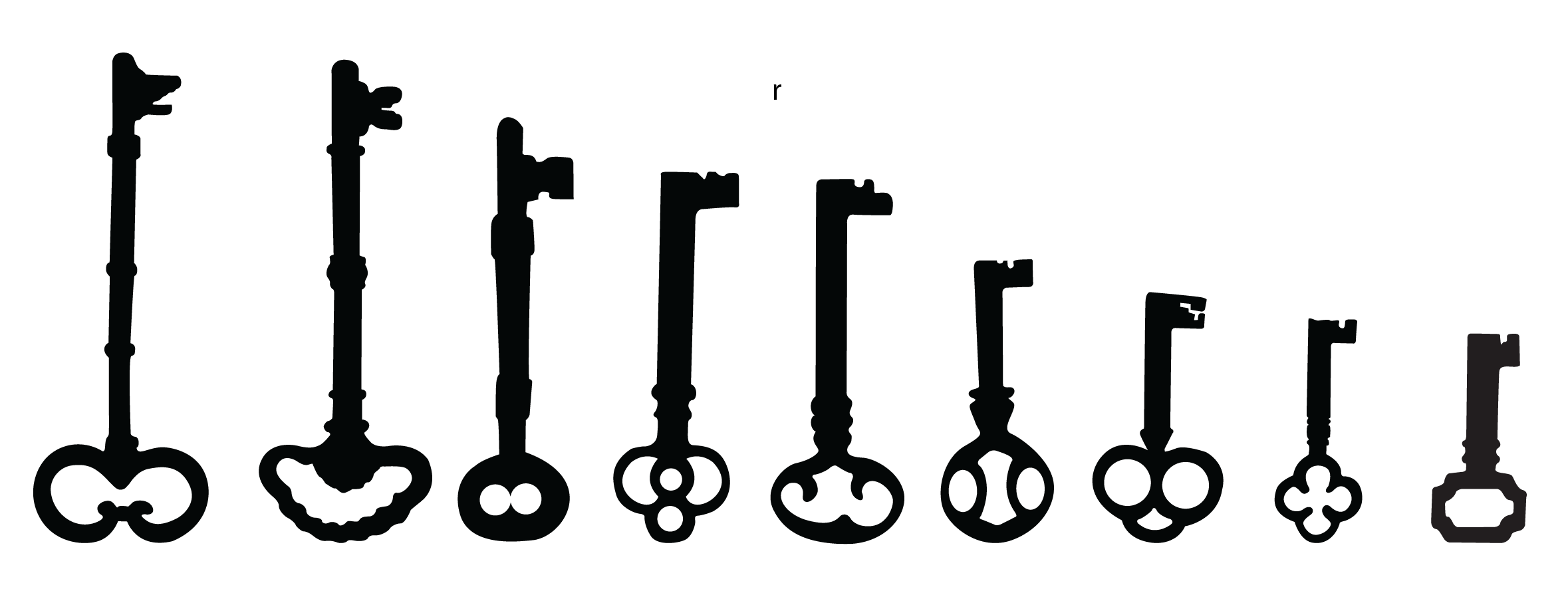ROTO 101
Operator Best Practices
Second in a 4 Part Series on Key Elements of the Rotogravure Process

Prevously, we discussed the fact that “change,” while often misunderstood and resisted, is absolutely necessary. No gains can be made in controlling a manufacturing process, its outcome, and ultimately its bottom line without it. In other words, change must be embraced by everyone involved in creating your bottom line!
While I would like to move right into discussing gravure-specific process issues and solutions, if the personnel using these process techniques do not fully understand why they are important and how they work, then they will soon drift back to their old habits. That is why this next topic to be addressed in our series is “Operator Best Practices Training.”
Training personnel and establishing Best Practices Standardization is extremely important. When each pressroom employee performs their part of the process in precisely the same way and according to established procedures, from press to press and shift to shift, the outcome is more predictable.
Benefits include:
- Pressroom Efficiencies:
- Reduced print related defects and waste
- Reduced downtime
- More billable press-time
- Product Quality /Consistency
- Able to achieve higher quality
- Repeat-ability can be maintained throughout a run and from job to job
- Improved customer retention
- Gain new customers
“With all operators having different skill and ability levels due to wide variations in their training and troubleshooting experiences, the end result is process variation.”
TRICKLE-DOWN TRAINING
In most pressrooms, each operator’s skill level is usually the result of “trickle-down” training. What this means is that new hires usually progress through the ranks as higher positions become available. Senior employees train the new hire while they are learning the skills required for a position.
An example of position progression is:
- A – Makeready;
- B – Ink Handler;
- C – Roll Tender;
- D – Press Assistant; and, finally,
- E – Press Operator.
Trickle-down training may be okay in some cases, but the senior employee may not always be the best person to train a new hire. Let’s face it; the senior employee often was trained by someone who was trained by someone else who may not have understood or practiced the best practices. The end result of trickle-down training is little or no documentation of what information and skills sets are being relayed, and critical information is often lost during the transfer, plus many personal habits (some undesirable) are also passed on.
The outcome of this type of training can often establish bad practices as “standard practices.” How often is the answer to your question, “Why?”, “Cuz it’s the way ‘we’ do it here,” as if that’s the end of that subject! Unfortunately, many managers asking the questions don’t know the answers so they drop it there!
With all operators having different skill and ability levels due to wide variations in their training and troubleshooting experiences, the end result is process variation.
The typical operator has his or her own method of setting the machine and process variables, based on what they “feel” will allow the press to run most efficiently. Unfortunately, this often means that even though the press may be running fine, adjustments are made, usually at shift changes—“just because” every operator knows best and because he/she can. Once again, this type of mid-run adjustment causes the end product to change. In other words, process variation occurs.The typical operator has his or her own method of setting the machine and process variables, based on what they “feel” will allow the press to run most efficiently. Unfortunately, this often means that even though the press may be running fine, adjustments are made, usually at shift changes—“just because” every operator knows best and because he/she can. Once again, this type of mid-run adjustment causes the end product to change. In other words, process variation occurs.
In order to eliminate process variation, we need to:
- 1 – Create standard operating procedures (best practices);
- 2 – Equalize the operator knowledge base through training; and
- 3 – Increase employee accountability.
EQUALIZING THE KNOWLEDGE BASE
Equalizing the knowledge base is every company’s biggest challenge. Operators don’t usually like to share their “secrets” because they feel it will cause them to relinquish their status or expose deficiencies. Your best recourse is to assign a “Champion” who fits your “Best Practices” criteria and have that person’s knowledge base be the starting point for creating your new standardized procedures.Your best recourse is to assign a “Champion” who fits your “Best Practices” criteria and have that person’s knowledge base be the starting point for creating your new standardized procedures.
Establish a classroom-training syllabus of predetermined best practices (endorsed by the “Champion”) to which all personnel will be trained. Each of your vendors has some kind of presentation that will explain in depth all the information regarding their products’ use. Incorporate this information into your syllabus.Establish a classroom-training syllabus of predetermined best practices (endorsed by the “Champion”) to which all personnel will be trained. Each of your vendors has some kind of presentation that will explain in depth all the information regarding their products’ use. Incorporate this information into your syllabus.
Once the classroom training is completed, continue with a “hands-on” training course that will be more familiar to most pressroom operators and that will effectively reinforce classroom learning.
And, once all your personnel are trained, a system must be in place to:
- Monitor performance to set standards,
- Continue with compliance training, and
- Provide accountability to established and agreed-upon best practices
As I said earlier, many operators are given ability labels, usually based on how well they troubleshoot and handle problems. In my next few columns, I will discuss some important key elements that, if not under control, will affect the process stability and create the need for Troubleshooters!!!
Let’s start focusing on how to prevent trouble—not how to troubleshoot— because once we experience trouble during the production run, we are already loosing Bottom-Line Profits.
If you need help with assessments or training for the best doctor blade solution, contact one of our experts for a consultative evaluation. Our team will be able to help you with solutions.
Download Technical Article
Rotogravure Operator Best Practices
About the Author
Steve Boettcher is a 23-year veteran of rotogravure and no stranger to all facets of the pressroom. For two years Steve fixed presses as a mechanic. He operated a rotogravure press for ten years, and spent eight years at different levels of pressroom management at several major flexible packaging companies including Menasha Corp, Milprint, Alcan, and American Packaging.
For the last three years, Steve has been the Technical Service Manager for FLXON, Inc., a printing-solutions company. His main role has been to educate printers on pressroom efficiencies and the direct relationship doctor-blade quality has on achieving these efficiencies. Steve also performs doctor-blade analysis and is the product manger/designer for the new G-2 product line.
Steve’s goal is to educate every printing manager on the responsibility they have to ensure that the “Key Elements” (Doctor Blades, Ink, Cylinders and Operator practices) of printing are understood and that every vendor is held accountable for delivering consistent, quality products.


Comentarios recientes